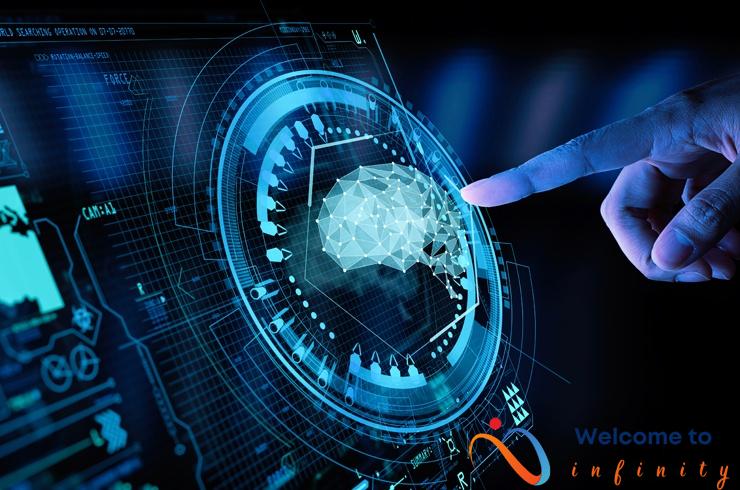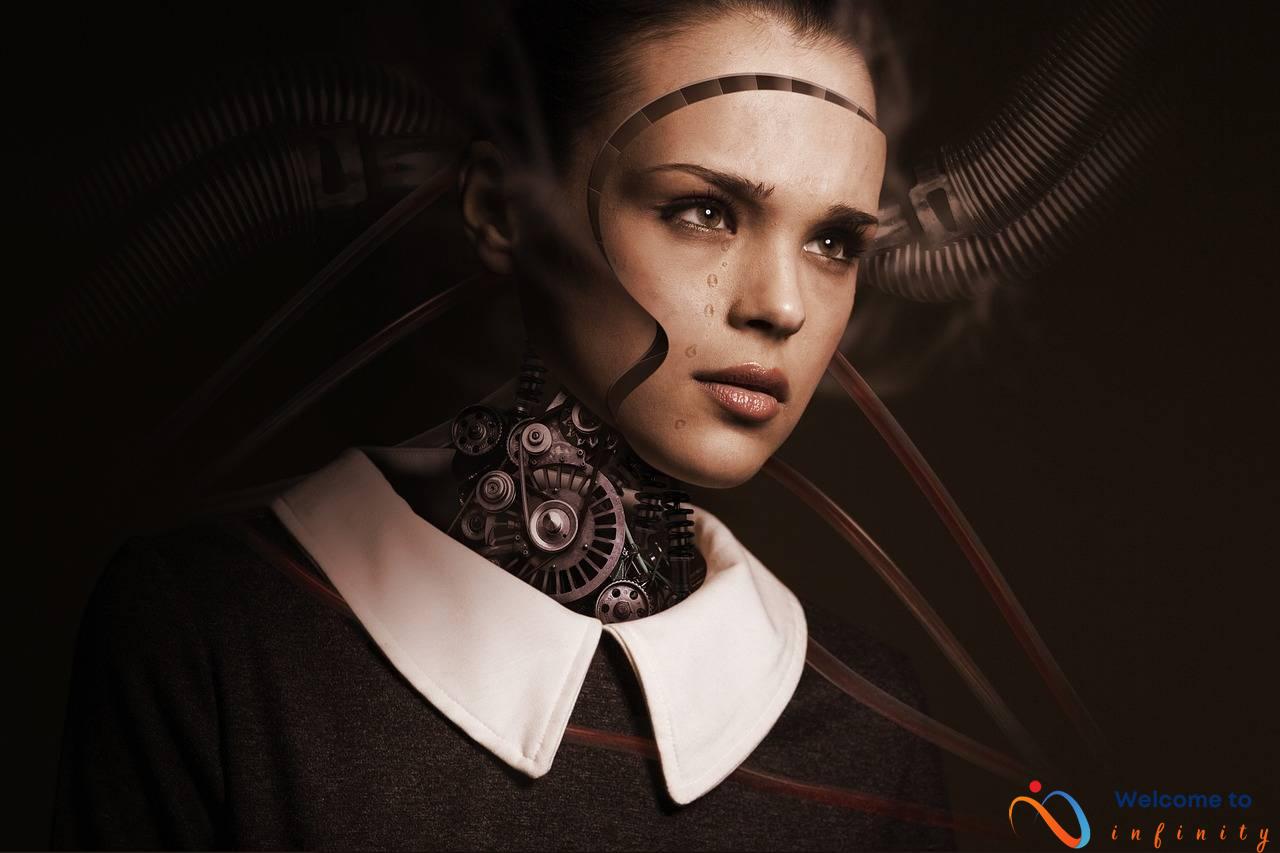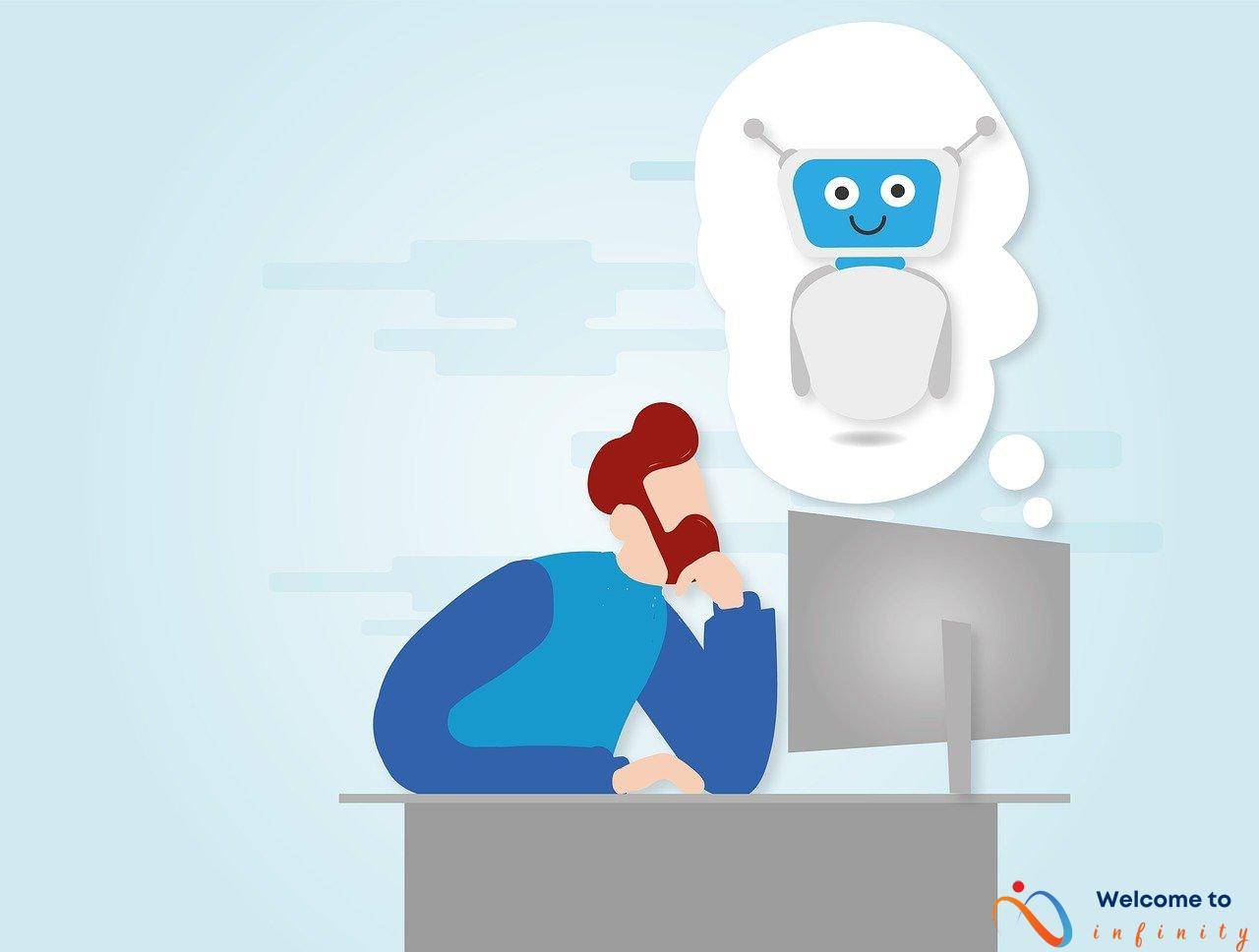Artificial intelligence, often abbreviated as AI, is a branch of computer science that is devoted to creating intelligent machines that can perform tasks normally requiring human cognition, such as learning, problem-solving, pattern recognition, and natural language processing. AI has come a long way since its inception in the 1950s, thanks to advances in technology, increased computational power, and the availability of massive datasets.
This introductory article offers a beginner's guide to understanding the basics of AI. We will delve into the concept of AI, its history, the types of AI, how it works, and discuss some of its successful applications and ethical concerns.
In the following sections, we will provide a comprehensive overview of the different types of AI, from narrow or weak AI to superintelligent or hyperintelligent AI. We will also explain how AI systems arrive at decisions by processing vast amounts of data and learning from patterns using machine learning algorithms. Additionally, we will list some of the most widespread and successful applications for AI, such as image recognition, speech synthesis, autonomous vehicles, and robotics.
Finally, we will address ethical and safety concerns associated with AI development and implementation. These include job displacement, security risks, and privacy breaches. By the end of this article, you should have a good understanding of the basics of AI, the types of AI, how it works, its applications, and the ethical concerns surrounding its development and implementation.
What is Artificial Intelligence?
Artificial intelligence or AI is an umbrella term used to define the simulation of human intelligence in machines that are programmed to complete tasks that typically require human cognition. The concept of AI can be traced back to ancient Greek mythology, but the modern approach to AI originates in the 1940s, with the development of electronic computers.
In the early days of AI, pioneering researchers aimed to create machines capable of solving problems that were typically solved by humans, such as playing chess or proving mathematical theorems. As computers advanced, the development of AI became more focused on creating machines that can learn from experience, just like humans.
today, AI has become a ubiquitous presence in almost every aspect of modern life. From virtual assistants to self-driving cars, AI systems have become part of our daily routines. We rely on search engines and social media algorithms that use AI to understand our preferences and behavior.
The potential of AI is limitless, and many argue that it can revolutionize many industries, including healthcare, finance, and transportation. However, the development of AI is not without its ethical and safety concerns. Job displacement, security risks, and privacy breaches are some of the significant issues that need to be addressed as AI continues to develop and expand its reach.
In conclusion, Artificial Intelligence is rapidly advancing, and understanding its basics is critical, considering its potential to revolutionize various industries. Knowing the types of AI and how they work can help comprehend the applications of AI and the concerns that need to be addressed. As technology continues to evolve and advance, it is essential to approach AI development responsibly and in a way that benefits society as a whole.
The Types of AI
Artificial Intelligence (AI) can be broadly categorized into three types: Narrow or Weak AI, General or Strong AI, and Superintelligent or Hyperintelligent AI.
Narrow or Weak AI is the most common type of AI that we encounter in our daily lives. Often known as AI for specific tasks, narrow AI is designed to perform a single task or a limited range of tasks. AI-powered virtual assistants, search engines, spam filters, and facial recognition systems are all examples of narrow AI. Narrow AI is designed to focus on a particular task and cannot think or reason beyond its scope of responsibility.
General or Strong AI is the broader concept of AI that could make machines capable of reasoning, thinking, and learning like the human brain. In other words, General AI is designed to have the same intellectual capabilities as humans. It is a more advanced form of AI that can process and make sense of data, draw conclusions, and make logical decisions. However, even with advances, it is difficult to replicate human thinking in machines.
The most advanced form of AI is Superintelligent or Hyperintelligent AI. It is a system that surpasses the intelligence level of its human operators, becoming self-aware, and significantly accelerating progress across all areas of science and technology. While this is still a theoretical idea, some experts predict that a highly advanced form of AI may emerge and change the course of humanity.
Narrow or Weak AI
Narrow or Weak AI is the most common type of AI that we come across in our daily routine. It refers to an AI system that is designed to perform a specific task or a set of tasks. These tasks may include language translations, image or speech recognition, and recommendation systems. For instance, the virtual assistants such as Amazon's Alexa or Apple's Siri that answer our queries based on voice commands are examples of Narrow AI. Similarly, search engines like Google use Natural Language Processing (NLP) algorithms to understand the user's query and deliver relevant results.
Facial recognition systems used in security cameras and smartphones also fall under the category of Narrow or Weak AI. These systems work by comparing the features of a detected face with those stored in their database, enabling them to identify the person. Another example of Narrow AI is the recommendation systems that suggest products or services based on the user's purchase history, browsing patterns, and other data.
Narrow AI is limited to performing only those tasks for which it is programmed. It cannot perform tasks beyond its domain, and its decision-making capabilities are limited to the data it is fed. Nevertheless, the wide range of applications of Narrow AI in our daily lives makes it an essential part of modern technology.
General or Strong AI
General or Strong AI refers to the concept of machines having human-like intelligence that is capable of reasoning, thinking critically, and learning on its own. This type of AI is still theoretical, and many experts believe that it could take years or even decades to achieve. General AI is different from Narrow AI, which specializes in specific tasks such as face recognition, voice recognition or playing chess.
One of the main obstacles to achieving General AI lies in the fact that machines lack the intuition and imagination that humans have. In order to develop these abilities in machines, major advancements need to be made in the fields of cognitive science, neuroscience, and psychology. In recent years, significant progress has been made in these areas, which has contributed to the development of machine learning and deep learning algorithms.
Machine learning is a type of AI that allows machines to learn from experience without being explicitly programmed. By feeding vast amounts of data into machine learning algorithms, machines can learn to recognize patterns and make predictions. Deep learning takes this idea even further, with multiple layers of neural networks that can recognize and classify images, speech, and text. These advances provide a glimpse into the potential of General AI, which could lead to breakthroughs in fields such as medicine, finance, and transportation.
One of the concerns surrounding General AI is the potential threat to human jobs. If machines can perform tasks and make decisions like humans, many jobs that require critical thinking and decision-making skills could be at risk. Additionally, there are concerns about the safety and ethical implications of machines with human-like intelligence. It's important to address these concerns while continuing to make progress in the field of AI and General AI.
In conclusion, General or Strong AI is a complex and exciting field that could revolutionize many different industries. Despite the challenges, researchers and developers are making significant progress in achieving machines with human-like intelligence. While there are concerns about the impact of this technology on society, it's important to continue exploring its potential while also addressing the ethical and safety concerns.
Superintelligent or Hyperintelligent AI
Superintelligent or hyperintelligent AI systems refer to advanced AI models that exceed human-level intelligence, surpassing the cognitive abilities of their human counterparts. These machines possess the potential to comprehend intricate problems, foster creativity, and innovate in ways that humans can't even imagine.
The emergence of superintelligent AI is considered to be a transformative event in human history, as these machines would capable of engaging in self-improvement and enhancing their cognitive abilities. They could also lead to the development of new technologies, discoveries, and inventions at a rapid pace, driving human progress to an entirely new level.
However, the advent of superintelligent AI is also associated with a host of risks and ethical concerns. One such risk is the possibility of machines turning hostile and threatening human existence. There is also the fear of job loss and economic disruptions as machines take over human jobs. Privacy violations, data breaches, and legal issues related to autonomous decision-making are also significant concerns associated with superintelligent AI.
Despite the potential risks, the development of superintelligent AI has captured the imagination of researchers and innovators worldwide. The race to achieve human-level AI and beyond is on, with tech giants investing vast amounts of resources in AI research and development.
In conclusion, superintelligent or hyperintelligent AI has the potential to transform human life significantly and lead to unprecedented technological advancements. However, it is crucial to ensure that the development of these machines is carried out ethically, with due consideration given to their possible risks and consequences. Only then can they be employed to their fullest potential for the benefit of humanity.
How Does AI Work?
AI systems work by processing large amounts of complex data and learning from patterns using machine learning algorithms. These algorithms are designed to recognize patterns in data and make predictions based on this information. This is similar to the way that humans learn from experience and recognize patterns in the world around them.
One type of machine learning algorithm is supervised learning, in which an AI system is given a set of labeled data and is trained to recognize patterns in this data. For example, an AI system can be trained to recognize different types of animals based on labeled images.
Another type of machine learning algorithm is unsupervised learning, in which an AI system is given an unlabeled data set and must find patterns within it on its own. This can be useful in situations where there is no pre-existing labeled data set available, or where the data set is too large to be labeled manually.
Deep learning is a subset of machine learning that involves the use of neural networks, which are modeled after the structure of the human brain. These networks consist of layers of neurons that process information in a hierarchical manner, with each layer of neurons building upon the information processed by the previous layer.
AI systems can make decisions based on the patterns they have learned from the data. For example, an AI system can be trained to predict the likelihood of a customer making a purchase based on their browsing history and other data. The system can then use this information to optimize marketing strategies and increase sales.
Overall, AI systems arrive at decisions by processing vast amounts of data and learning from the patterns they find using machine learning algorithms. This allows them to make predictions and take actions based on the knowledge they have gained from the data. With continued advancements in AI technology, we can expect to see even more sophisticated and powerful AI systems in the future.
AI Applications
Artificial Intelligence has already made its way into our daily lives and offers infinite possibilities for businesses. Image recognition is one of the most popular applications of AI. It has become easier to identify objects and people in images, making life easier for security agencies and social media platforms. AI is enabling autonomous vehicles to become a reality, paving the way for a new era of transportation. Speech synthesis is a vital application of AI that has enabled people to interact with technology. Voice assistants like Alexa and Siri can find answers to questions, set alarms, and even order products through voice-based commands. Robotics is another area where AI is making significant strides. From industrial automation to human-like robots, the technology is revolutionizing the way we work and live.
AI has also led to significant advancements in healthcare. Medical diagnosis and treatment have become more accurate and efficient, thanks to AI. AI has also made it possible to develop personalized treatment plans for patients, depending on their symptoms and medical history. AI-powered chatbots and virtual assistants are helping people get immediate medical advice and reduce the burden on healthcare workers.
AI is also being used to predict consumer behavior and make recommendations based on past behavior. E-commerce platforms like Amazon use AI algorithms to suggest products based on customer preferences and purchase history. AI is also used to detect fraudulent transactions in real-time, ensuring online transactions are secure.
In conclusion, AI is a transformative technology that is shaping the world we live in. With its various applications, AI has already made many processes more efficient and effective. While there are concerns about AI's impact on employment and privacy, the potential to create positive change in countless industries is undeniable. As a beginner, understanding the applications of AI can provide an insight into the potential of the technology.
AI Ethics and Concerns
As with any technological advancement, AI raises ethical and safety concerns that need to be addressed. One of the most significant challenges is job displacement, as AI has the potential to automate jobs that were previously thought to be secure. This can lead to unemployment and social unrest, particularly in developing countries where labor is already in short supply.
Another ethical concern is the potential misuse of AI, such as in surveillance and facial recognition systems. There is a risk that these technologies could be used for nefarious purposes, such as monitoring citizens without their knowledge or consent.
In addition, the use of AI in decision-making processes can raise questions about accountability and transparency. For instance, if an AI system makes a decision that negatively impacts a person's life, who is responsible for that decision? How can we ensure that AI systems are fair and unbiased in their decision-making?
There are also safety concerns associated with AI, such as the potential for cyber attacks on AI systems and the risk of physical harm from autonomous vehicles and robots. As AI becomes more prevalent in our daily lives, it is important that we address these concerns and ensure that AI is developed and implemented in a safe and responsible manner.
To address these concerns, organizations should engage with stakeholders and experts to discuss the ethical and safety implications of AI. They should also develop guidelines and policies that promote transparency, accountability, and fairness in AI systems. Finally, organizations should invest in research and development to address safety concerns and ensure that AI is used for the betterment of society as a whole.











